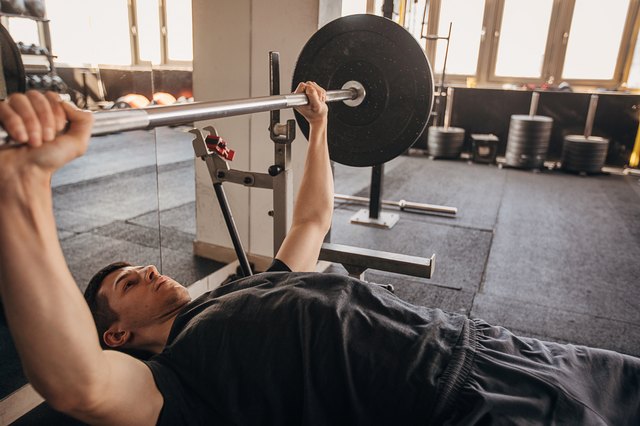McMaster Univ. study shares best weight training practices
A study by McMaster University kinesiologists found that whether using heavy or light weights, lifting them as much as possible builds strength and muscle.The kinesiologists studied many of the popular variables when it comes to resistance training and found all forms are beneficial, including body-weight exercises like planks and push-ups.
 A recent story from The Bay Observer detailed the McMaster University study on weightlifting. Below is an excerpt from The Bay Observer.
A recent story from The Bay Observer detailed the McMaster University study on weightlifting. Below is an excerpt from The Bay Observer.
“There are a dizzying number of factors and combinations to consider when creating a weightlifting program to maximize strength and muscle growth,” says kinesiology professor Stuart Phillips, who conducted the work with graduate students Bradley Currier and Jonathan Mcleod.
“This is an age-old debate among athletes and strength and conditioning coaches: What combination leads to the best gains?”
For the study, published in the British Journal of Sports Medicine, researchers reviewed 192 randomized, controlled studies with a total sample size of more than 5,000 people, evenly split between women and men, making it the single largest project of its kind.
The work is the culmination of years of planning, collecting and analyzing massive amounts of data revolving around three key resistance-training variables: higher versus lower loads; single versus multiple sets; and training frequency — whether one, two or three (or more) sessions per week.
Most fitness experts have come to believe that using the heaviest weights — which can only be lifted three to five times — works best for building strength, while using weights that can be lifted eight to 10 times works best for building muscle size.
